How To Make Hot Ice At Home With Explanation
Normally we all are aware of ice which is easily available in our refrigerators but today sharing a very easy and amazing science experiment of creating Hot Ice by using Baking soda, vinegar and water.
What You need?
Baking Soda
Vinegar(80%)
Water
Procedure:
1) Put 440gm baking soda in a large pan, add 0.5 liter of vinegar (80%) to make sodium acetate and leave it for one hour.
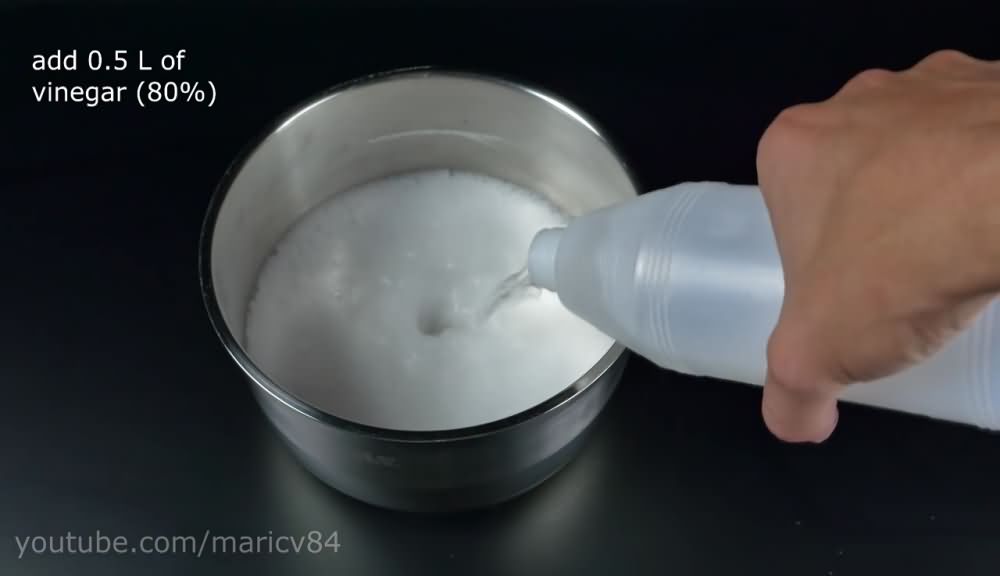
2) After one hour add 100 milliliter (1 deciliter) of water. Slow cook it on stove until the mixture become clear.
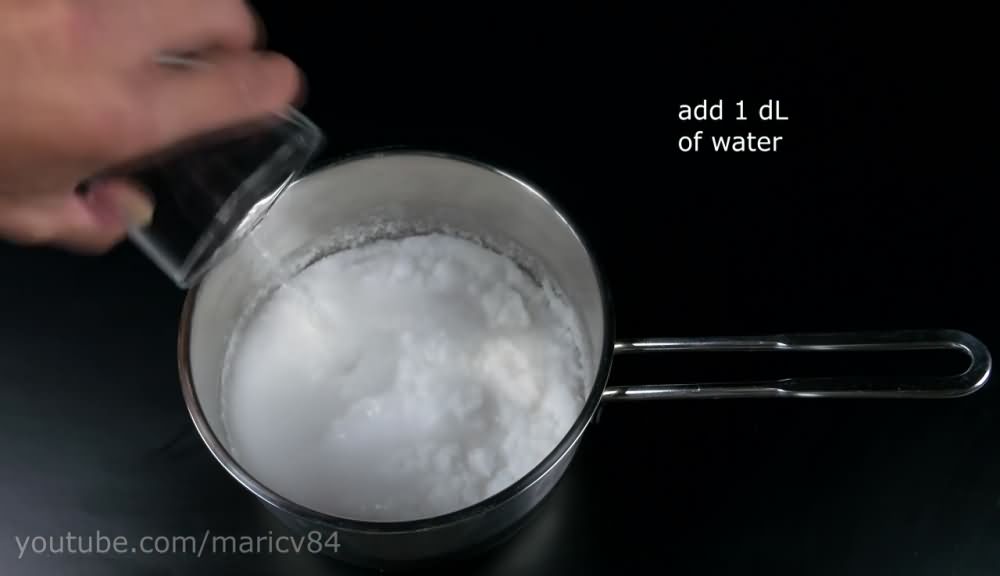
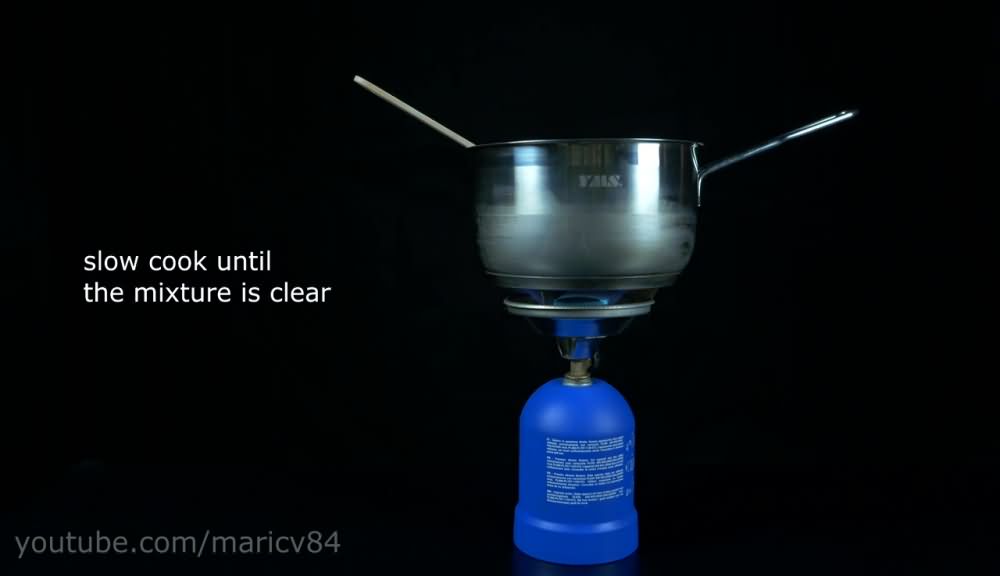
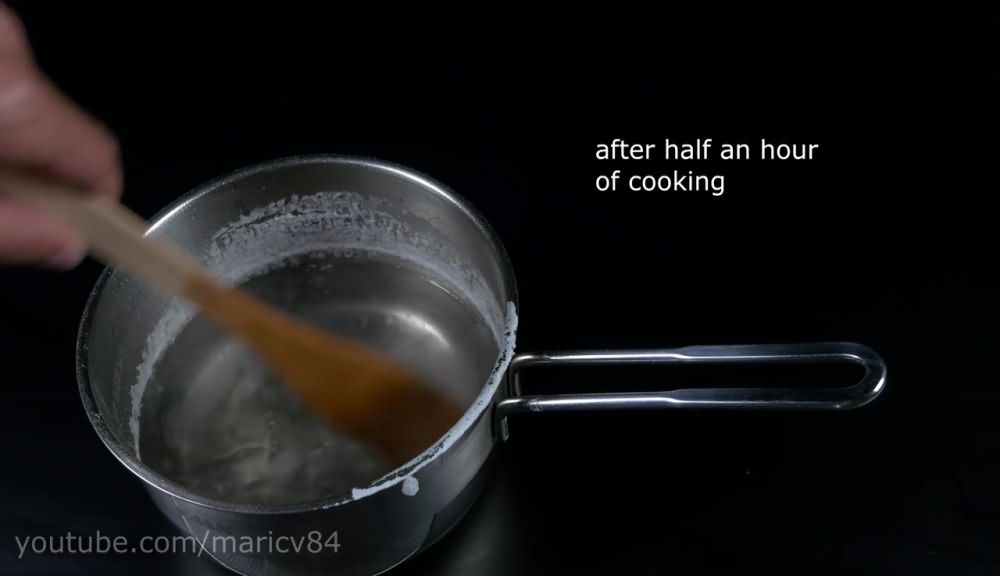
3) Pour it in glass jar and leave it at room temperature to completely cool down.
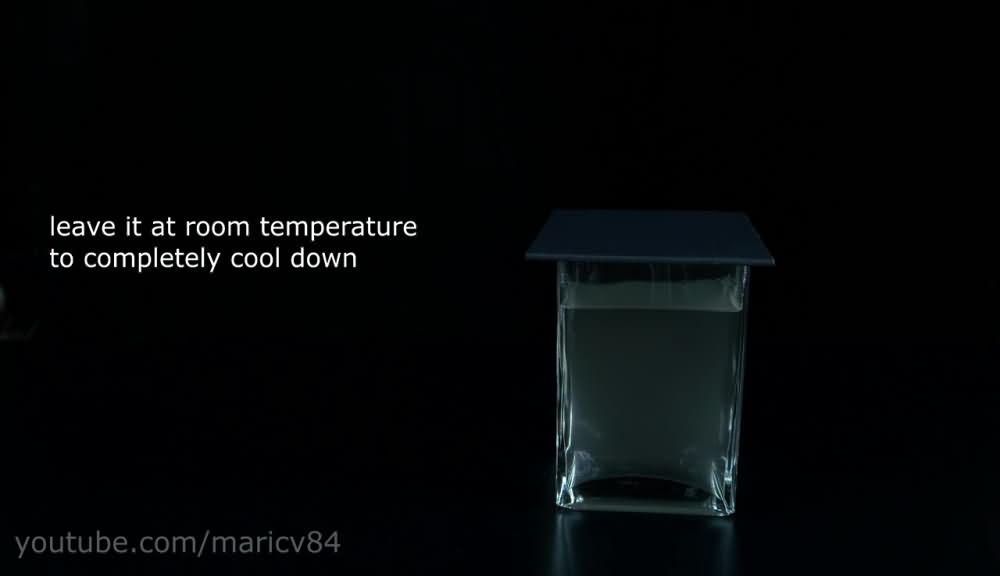
4) Add a bit of crystallized sodium acetate to your aqueous solution. Use the powder scrapings you removed from the pot while you were boiling down the solution.
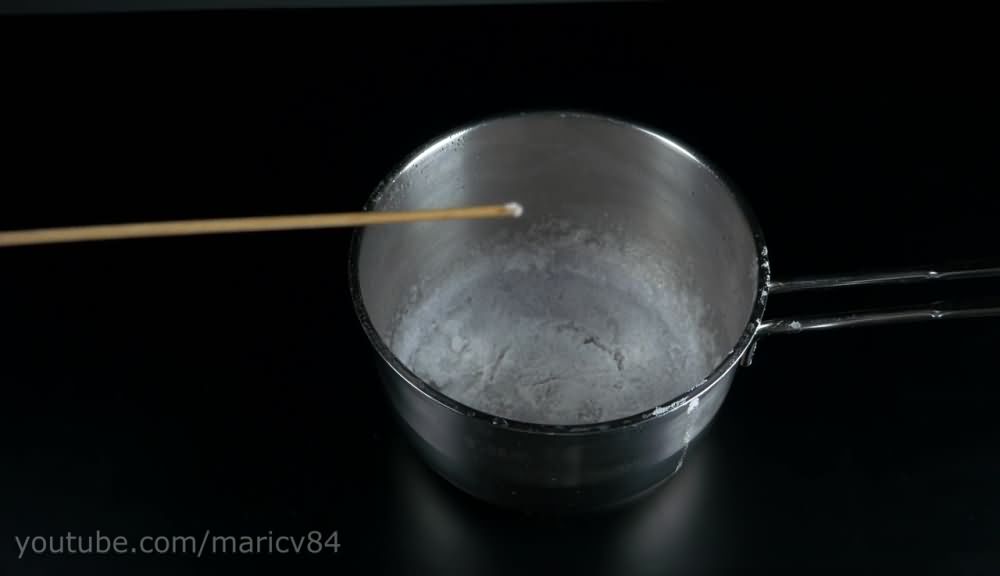
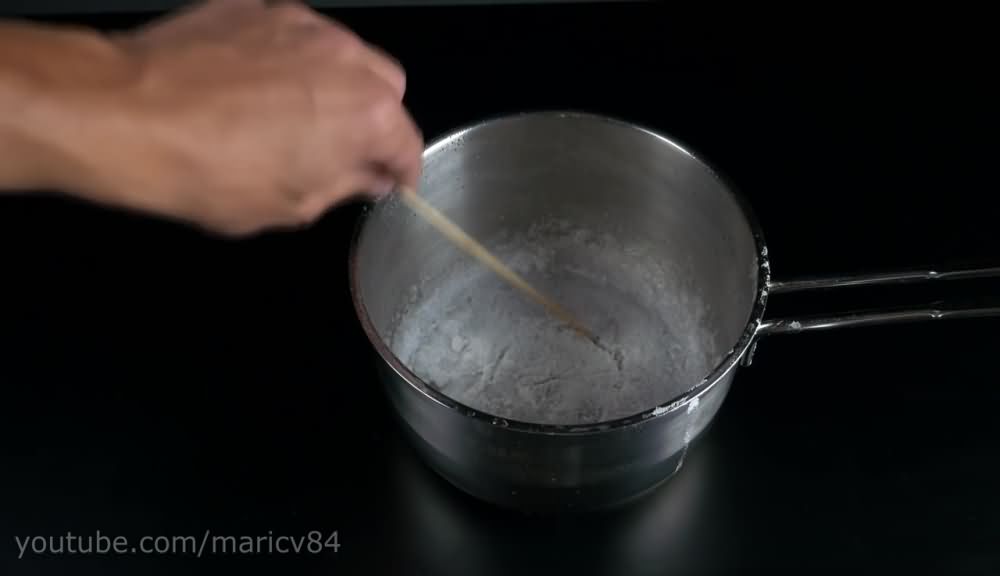
5) Watch the Hot ice formation and as this reaction is exothermic you can feel the heat by placing your hand near the jar.
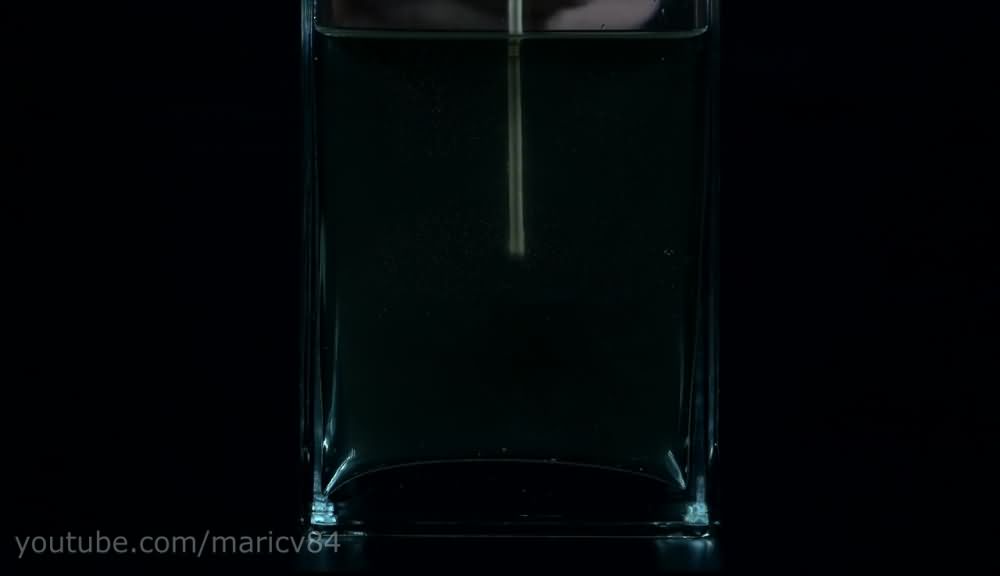
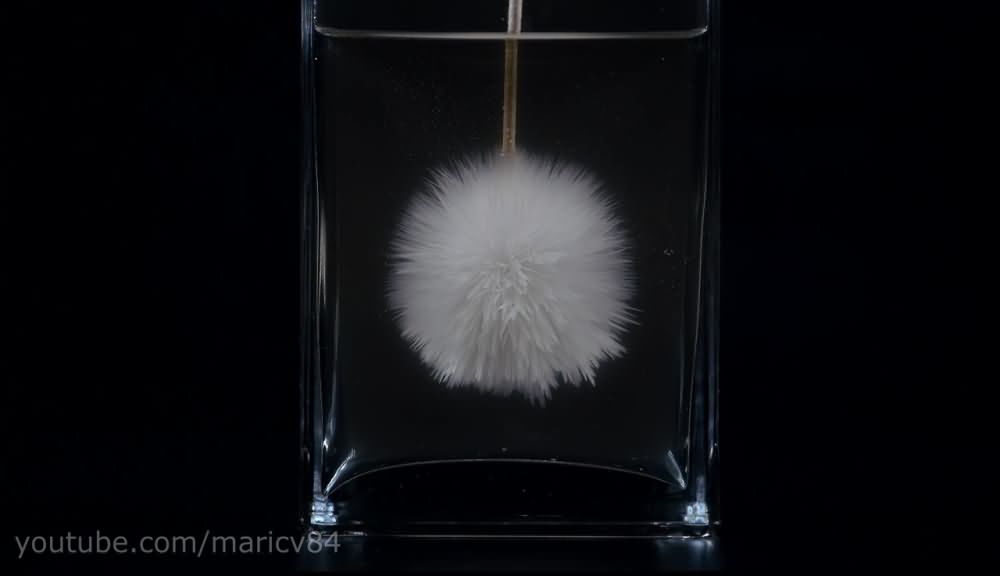
The Science Behind Hot Ice.
First of all we mix baking soda (NaHCO3) with vinegar (CH3COOH) to make sodium acetate or Hot Ice.
CH3COOH + NaHCO3 → CH3COONa + CO2 + H2O
The sodium acetate solution in the refrigerator is what is called a supercooled liquid. That means the sodium acetate is in liquid form below its usual melting point. You can initiate crystallization by adding a small crystal of sodium acetate or possibly even by touching the surface of the sodium acetate solution.
In the solution molecules of sodium acetate are normally surrounded by water molecules. Sometimes, a few sodium acetate molecules will bump into each other and stick together for a little while but eventually break apart.
If enough solute molecules stick together, they can overcome the forces in the solvent that would normally break the solute molecules apart. Once this happens, this clump of solute molecules serves a place, or nucleation site, for other solute molecules to cling to and the crystallization process takes off.
The sodium acetate powder we placed on the plate acted as a nucleation site or seed for the dissolved sodium acetate in the solutions.
The crystallizing sodium acetate releases energy in the form of heat and is an example of an exothermic process. Sodium acetate is often used in hand warmers as it release heat when crystallizing!
Sponsored Links
Related Posts
No related photos.

 Love It 1
Love It 1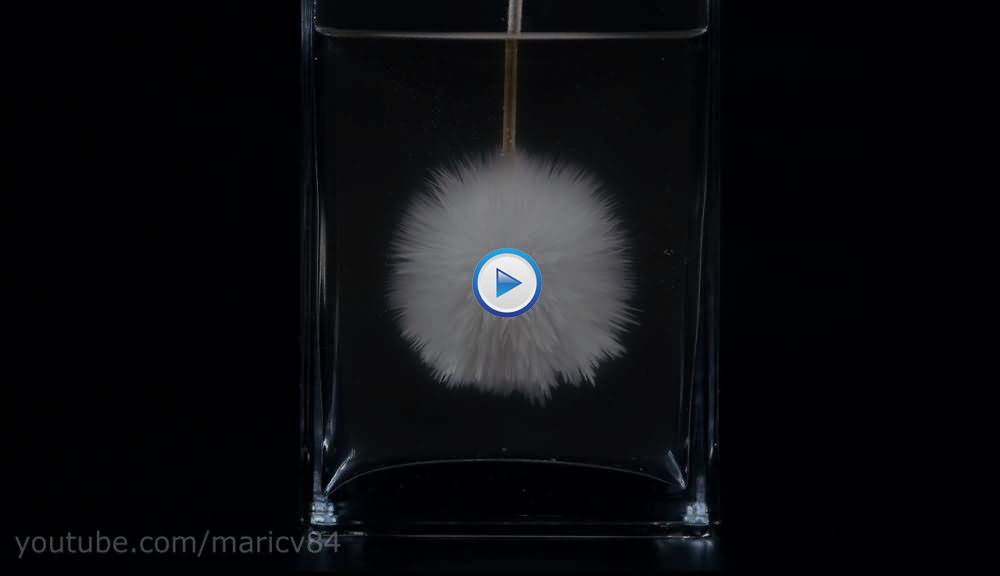
Escamilla #2019